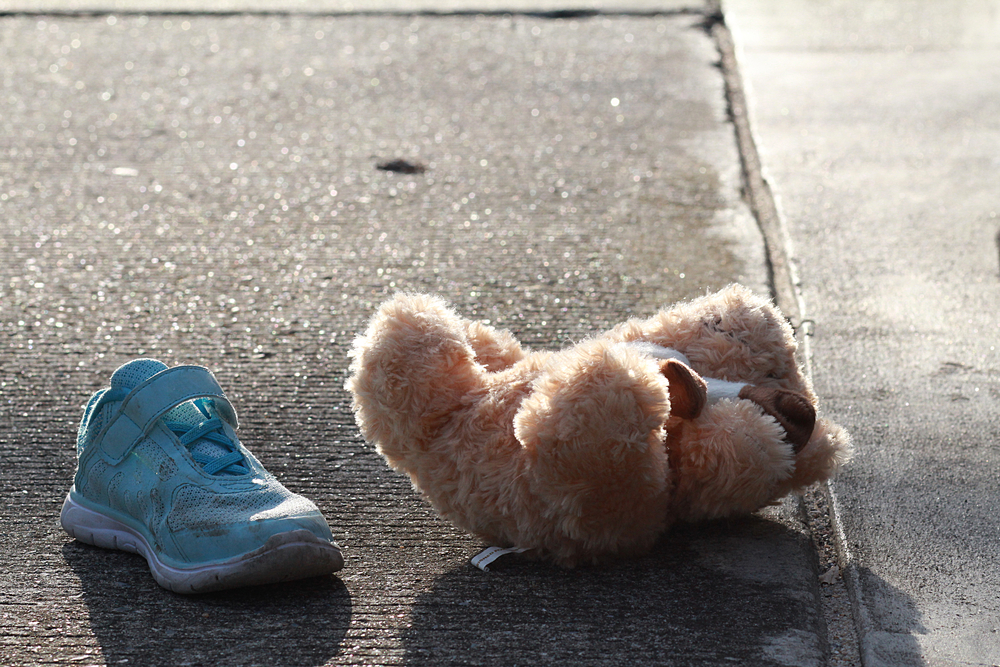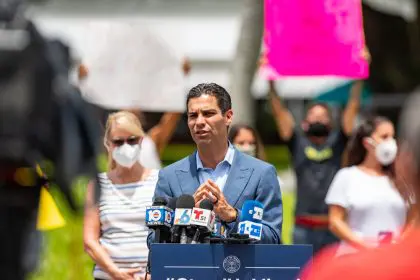A disturbing wave of crimes against children across multiple states has sparked renewed concerns about child safety and parental oversight, prompting calls for enhanced protective measures and community intervention.
The growing threat to child safety
The past 24 months have witnessed an alarming surge in reported cases of child endangerment, abuse, and neglect across the United States. From coastal Florida to urban Texas, these incidents have exposed critical gaps in child protection systems and raised urgent questions about parental responsibility.
A pattern of negligence emerges
Law enforcement agencies across multiple states have documented a troubling pattern of cases where children, particularly those under the age of three, have faced severe endangerment. These incidents have highlighted the vulnerable position of young children and the devastating consequences when caregivers fail to fulfill their protective roles.
Critical incidents across state lines
In Florida, authorities encountered a particularly haunting scene when a toddler was discovered abandoned on a shoreline, subjected to dangerous tidal conditions. The case, which recently concluded with the mother’s sentencing, represents a stark example of criminal negligence that could have resulted in fatal consequences.
The Maryland medical community faced its own crisis when emergency personnel responded to a critical infant abuse case. The subsequent investigation revealed a pattern of physical trauma that ultimately proved fatal, leading to criminal charges against the parent responsible for the child’s care.
The betrayal of trust
Perhaps most disturbing are the cases involving trusted caregivers who violated their responsibilities. In Ohio, what began as a routine childcare arrangement between a mother and her partner evolved into a nightmare scenario, resulting in severe trauma to a one-year-old child and criminal proceedings against the boyfriend entrusted with the child’s care.
Domestic violence escalates to tragedy
The Houston community was left reeling from a case that exemplified the ultimate betrayal of parental duty when a father was convicted of taking his young daughter’s life. This incident serves as a chilling reminder of how quickly domestic situations can escalate to irreversible tragedy.
The ripple effect on communities
These crimes have far-reaching implications beyond the immediate victims. Mental health professionals report increased anxiety among parents, while child welfare organizations face mounting pressure to enhance their preventive services. The psychological impact on communities has prompted a reevaluation of how society approaches child protection.
Strengthening protective frameworks
Child welfare experts emphasize the critical need for enhanced protective measures at multiple levels. Current statistics suggest that many cases of child abuse could be prevented through early intervention and support systems.
Building community safeguards
Local organizations across affected states have begun implementing more robust support networks for families in crisis. These initiatives include:
Mental health resources that provide immediate assistance to parents showing signs of stress or instability. Community outreach programs have expanded their services to include 24/7 crisis intervention and counseling support.
Educational programs focused on positive parenting skills and child development have seen increased enrollment. These programs emphasize the importance of creating safe environments and recognizing warning signs of potential abuse.
Support networks connecting families with essential resources have strengthened their presence in vulnerable communities. These networks provide everything from emergency childcare to basic necessities for families in crisis.
Moving toward prevention
Child safety advocates stress that preventing these crimes requires a multifaceted approach. Recent developments in child protection services have led to enhanced screening processes for caregivers and improved reporting systems for suspected abuse.
Institutional changes
Law enforcement agencies have implemented specialized training programs focusing on child abuse investigation and prevention. Social service departments have expanded their rapid response capabilities, ensuring faster intervention in suspected abuse cases.
The legal system has also adapted, with many jurisdictions creating specialized courts dedicated to child welfare cases. These courts prioritize swift action while ensuring thorough investigation of all allegations.
The path forward
As communities grapple with these tragic events, a clear consensus has emerged: protecting children requires vigilance at every level of society. From individual awareness to institutional reform, each component plays a vital role in preventing future tragedies.
Long-term solutions
Child welfare experts emphasize that sustainable solutions must address root causes while strengthening protective mechanisms. This includes improving access to mental health services, substance abuse treatment, and parenting resources.
The recent wave of crimes against children has served as a catalyst for change, prompting communities to reevaluate and enhance their child protection strategies. While the path forward presents challenges, the commitment to preventing future tragedies drives continued progress in child safety initiatives.
As society confronts these disturbing trends, the focus remains on building stronger support systems and ensuring that the most vulnerable members of our communities receive the protection they deserve. The lessons learned from these tragic cases continue to shape policies and practices aimed at preventing future instances of child endangerment and abuse.
















